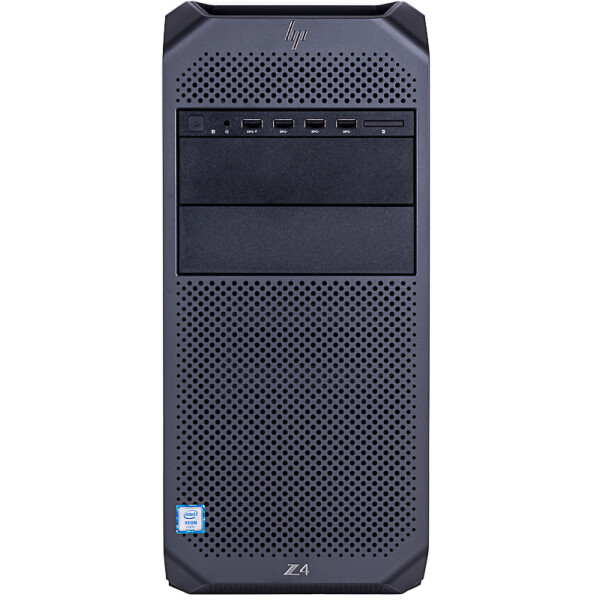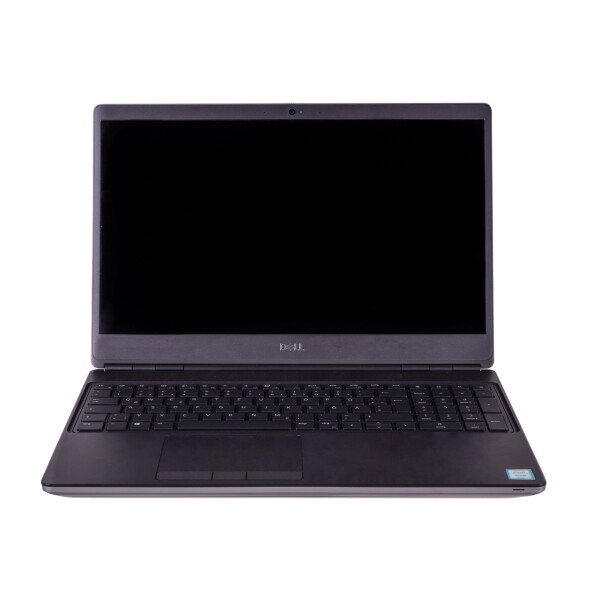How to configure your workstation for Affinity Photo 2.5
With the image editing program Affinity Photo, the British company Serif has  succeeded in developing a real alternative to Photoshop. The user interface is similar, the editing options meet all professional requirements. Affinity Photo enables you to make changes to an image without overwriting the original data. The original image is saved separately, as are all sequences of changes.
succeeded in developing a real alternative to Photoshop. The user interface is similar, the editing options meet all professional requirements. Affinity Photo enables you to make changes to an image without overwriting the original data. The original image is saved separately, as are all sequences of changes.
Enterprise workstation for image editing with Affinity Photo 2.5
Enterprise workstation for image editing with Affinity Photo 2.5
For optimal image editing with Affinity Photo 2.5, it is crucial to choose the right hardware to fulfil the performance requirements for different project complexities. With our optimally configured workstations and the ideal operating system installation, we have proven to achieve up to 50% more performance for your Affinity projects. Below are recommendations for CPU, RAM, GPU and hard drives for simple, medium and complex projects.
The ideal processor configuration for our Affinity Workstation
To optimise the performance of Affinity Photo, the choice of processor and clock speed (MHz) will depend on the complexity of your projects. Here are recommendations for different levels of complexity:
Simple projects
For simple projects involving basic image editing such as cropping, colour correction and simple retouching, a mid-range processor is sufficient:
- Intel Core i5 12600 (6 cores, 3.30 GHz base, 4.80 GHz turbo)
- Intel Xeon W-2225 (4 cores, 4.10 GHz base, 4.60 GHZ Turbo)
Medium projects
A more powerful processor is recommended for medium-sized projects that involve more complex processing such as multiple layers, masking and advanced filtering:
-
Intel Core i7-12700K (12 cores, 3.60 GHz base, 5.00 GHz turbo)
- Intel Xeon W-2245 (8 cores, 3.90 GHz base, 4.70 GHz turbo)
Complex projects
A high-end processor is required for complex projects involving intensive image editing, many layers, extensive retouching and large image files:
-
Intel Core i9-12900K (16 cores, 3.20 GHz base, 5.20 GHz turbo)
- Intel Xeon W-2275 (14 cores, 3.30 GHz base, 4.60 GHz turbo)
Speed up your memory for Affinity
The recommended RAM speed (MHz) for using Affinity Photo depends on the complexity of your projects. To further improve performance, it is recommended to operate the RAM in a quad-channel configuration. The memory bandwidth offers higher performance. Below are our recommendations for the optimal RAM for simple, medium and complex Affinity projects:
Simple projects:
For basic image editing, smaller photo projects and simple effects, a RAM with lower speed is sufficient. The priority here should be on sufficient quantity to ensure smooth use.
-
RAM size: 16 GB
- RAM speed: 2666 MHz
Medium projects:
For moderately complex projects with multiple layers, more extensive editing and medium file size, a faster RAM is required. This helps to improve working speed and avoid delays.
-
RAM size: 32 GB
- RAM speed: 2666 MHz to 3200 MHz
Complex projects
For very complex projects with many layers, high-resolution images and intensive effects, a high RAM speed is crucial. A faster and larger RAM enables smooth processing without any loss of performance.
-
RAM size: 64 GB or more
- RAM speed: 3200 MHz and above
The importance of the graphics card for the performance of Affinity Photo 2.5
For Affinity Photo, which relies primarily on the CPU and does not benefit as much from a dedicated graphics card as other graphics-intensive applications, mid-range graphics cards are usually sufficient. Nevertheless, a dedicated graphics card can speed up the workflow for certain tasks, especially when editing large files or filters.
An Nvidia GeForce RTX 3060 is sufficient for simple to medium projects. This graphics card offers good performance for basic to medium image processing tasks.
For more complex projects where more computing power is required, an Nvidia GeForce RTX 4060Tioor RTX 4070 Super could be considered. These offer improved performance and can be beneficial for more demanding filters and operations in Affinity Photo.
However, it is important to note that Affinity Photo does not benefit as much from a high-end graphics card as other applications such as simulations or 3D modelling. Therefore, you should weigh the cost-benefit ratio, especially if Affinity Photo is your primary application and you do not plan to perform other graphics-intensive tasks.
Faster hard disk access for Affinity Photo
For the use of Affinity Photo and to shorten the loading times of your programs significantly, we recommend the use of Solid State hard disks. Since SSD hard disks do not require a magnetic disk, they are pleasantly quiet. Another advantage is the lifespan. M.2 NVMe SSD hard disks are able to handle more write cycles than S-ATA SSDs. Due to our positive experiences we rely on Samsung SSD of the EVO and PRO series. We recommend Samsung 970 Evo plus alternatively a Samsung 980 Pro.





